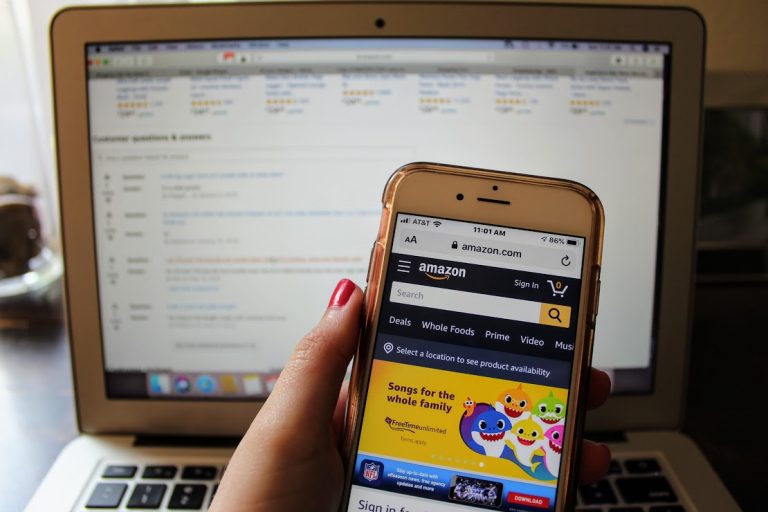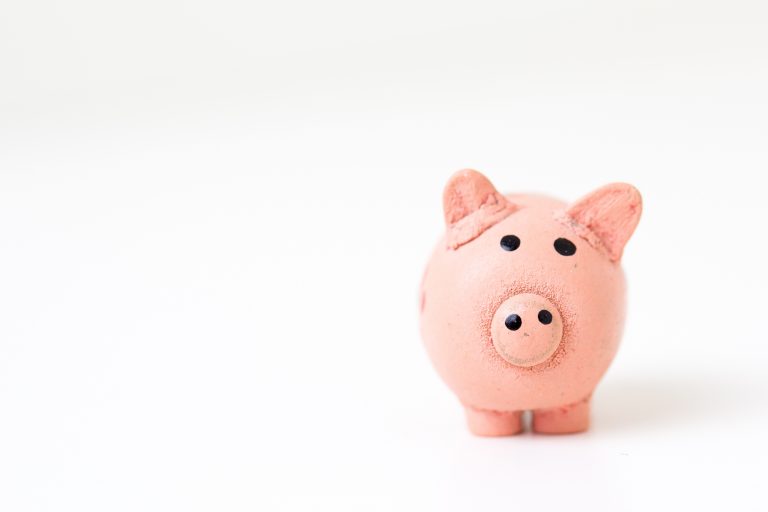How Much House Can I Really Afford?
 It’s no secret that buying a house these days is extremely expensive.
It’s no secret that buying a house these days is extremely expensive.
Sometimes I want to cry when I think about how much my parents spent on their house back in 1993 and how much that exact same house would cost to purchase now.
Of course inflation plays a big part in the price change, but the cost of living has far outdone the wage growth throughout the years. While buying a house is definitely possible for the average income household, it’s important to know how much house you can afford. That way, you won’t become in over your head in debt with mortgage payments too high to be able to still save for your future.
The Question: How Much House Can I Really Afford?
The answer: After going through this 5 step process, you’ll know an accurate estimate of how much house you can actually afford.
This process is meant to set you up for SUCCESS.
Yes, you could buy a house with a mortgage 30-40% of your monthly income with a 30 year adjustable mortgage, but you will be stressed out of your mind when other emergencies come up, you can’t afford all the expenses, and your interest continues to increase and accumulate over the years. Before you know it, you’ll be spending 10-15K more on your house than what you originally planned and you may not be able to keep up with the monthly payments.
While some of these tips may feel strict and possibly even “too safe”, I promise you, you’ll be grateful in the long run that you planned the purchase of your house well. Your home will be a blessing, not a curse.
So, with all that being said, let’s dive in.
1. You need to know what your monthly income is
Add up your total monthly income (for example, $3,000) plus your spouse or anyone other monthly income within your household (example: $3,500) and total it to find your monthly income. Example: $6,500
2. Multiply your total monthly income by 25%
By multiplying your monthly income by 25%, this will give you an estimate of what your maximum monthly mortgage should look like. For example, $6,500 multiplied by 25% would give you $1,625 for your maximum monthly mortgage payment.
3. Use a mortgage calculator to determine your budget
Unfortunately, you don’t just have your monthly mortgage to worry about.
You also have to determine how much your down payment will be, if you’re going to choose a 15 year fixed mortgage rate or a 30 year fixed mortgage rate, how much your interest rate will be on your mortgage, property taxes, and homeowners insurance.
You can use this tool to determine how much the above factors will cost you: Mortgage Calculator (this will give you a ballpark range, not an exact estimate).
You can play around with the mortgage calculator to see how much your down payment will impact your monthly mortgage and whether choosing a 15 year fixed mortgage or a 30 year fixed mortgage is the right choice for you.
With a 15 year fixed mortgage, you’ll pay more for your monthly mortgage but you’ll pay thousands less in interest. The more you’re able to pay up front for your down payment, the less you’ll have to pay off over time. At the absolute least, make sure you can put down 10% on your new home. 20% is even safer, and obviously the higher you’re able to pay on your down payment, the better. Minimizing your monthly mortgage fee is the safest route you can take when purchasing a home.
Additionally, if you aren’t able to pay 20% or higher on your down payment, you’ll be required to have private mortgage insurance which results in another added cost to your monthly mortgage.
These are all important factors to consider when calculating the cost to buy a home.

Other Posts You Might Like:
Save Money Each Month with These 23 Easy Hacks
Create a Budget That Actually Works While Still Enjoying Life
10 Tips from Self Made Millionaires You Need to Know
4. Add Extra Homeowner Costs to your Monthly Mortgage
Extra homeowner costs include how much it will cost to move (paying for a moving truck, movers, etc), paying for repairs on your house, replacing household items, paying your new utility costs (these may rise or fall depending on what you payed previously), paying new neighborhood fees, etc. These all need to be factored into how much you’ll be paying in your overall costs.
5. Calculate in closing costs
We’re not quite finished yet. We still have to consider how much closing costs will add to the overall cost. Generally, you can calculate that closing costs will be about 4% of the overall price of the home you’re looking to purchase. So let’s say you’re looking to purchase a house at $350,000. If you’d like to put down a 20% down payment, that will be $70,000. Then, 4% of $350,000 for closing costs will be $14,000. In total with your down payment and closing costs, you’re looking at $84,000 total just to start, not including your monthly mortgage.
In conclusion…
These 5 steps are here to help you get an estimate of what types of costs you’ll be looking out when purchasing a home. Of course, every situation is different so I highly recommend getting connected with a real estate agent who has your best interest in mind, not how much money they can make off you in commission. A helpful real estate agent will keep your budget in mind and not push you to spend more than you’d like. They will have experience and knowledge, with a successful track record to show for it. If after reading these 5 steps you’ve realized you’re not quite ready to buy a house, that’s okay! It’s better to save longer and feel financially ready and secure in buying a house than rush into things too quickly and feel suffocated in costs you can’t afford.  If you liked this post, would you please take 10 seconds or less to share it? Blogs are built one small share at a time, so your share means a lot and contributes to the growth of Write Your Story. Thank you so much for your support! Ways to share: -Pin It! (using one of the images at the top or bottom of this post) -Share to Facebook, Twitter, Stumble Upon, or the platform of your choice using the share buttons below! Thank you!
If you liked this post, would you please take 10 seconds or less to share it? Blogs are built one small share at a time, so your share means a lot and contributes to the growth of Write Your Story. Thank you so much for your support! Ways to share: -Pin It! (using one of the images at the top or bottom of this post) -Share to Facebook, Twitter, Stumble Upon, or the platform of your choice using the share buttons below! Thank you!
Follow me on YouTube & Instagram & Facebook









5 Comments